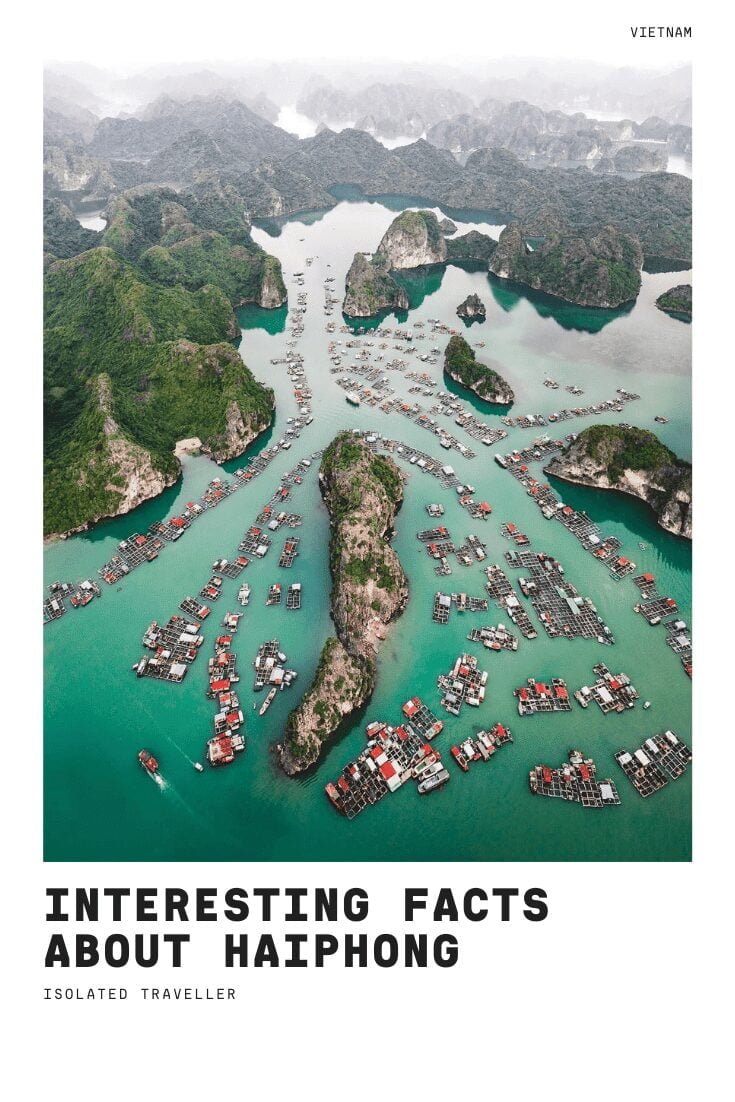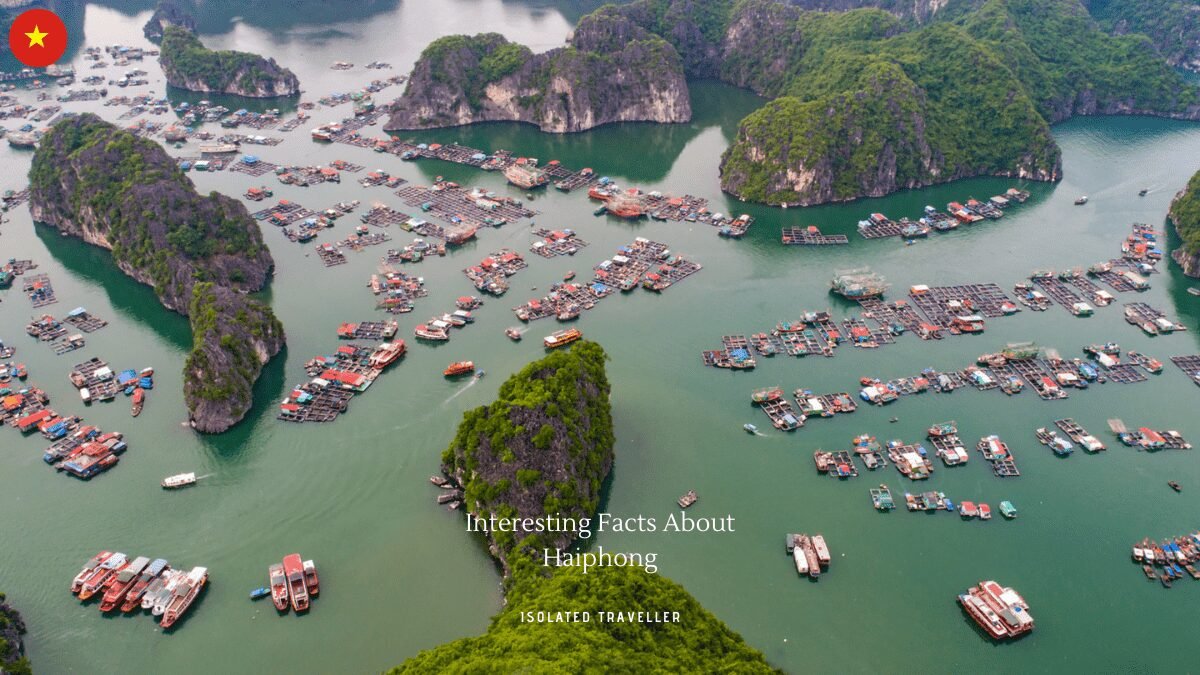Facts About Haiphong
Haiphong is also known as Hai Phong, is a major industrial city, the third-largest city of Vietnam.
Hai Phong is the centre of technology, economy, culture, medicine, education, science and trade in the Red River delta.
Haiphong was founded in 1887 as a seaport province by colonists during French colonial rule.
In 1888, the president of the French Third Republic, Sadi Carnot, promulgated a decree to establish Haiphong. From 1954 to 1975, Haiphong served as the most important maritime city of North Vietnam, and it became one of the direct-controlled municipalities of a reunified Vietnam with Hanoi and Ho Chi Minh City in 1976.
In the 21st century, Haiphong has emerged as a trading gateway, modern, green industrial city of Vietnam, oriented to become the third special-class city of Vietnam by 2030 to 2050 at the latest.
The estimated population of Haiphong is 2.029 million.
The topography of Haiphong in the southern part is quite low having an altitude from 0.7 to 1.7 meters above sea level.
Haiphong is twinned with Da Nang, Vietnam; Incheon, South Korea; Seattle, USA; Tianjin, China; Saint Petersburg, Russia; Vladivostok, Russia & Kitakyushu, Japan.
Haiphong port is one of the largest ports in Vietnam and south-east Asia as a whole. The Port of Haiphong on the Cấm River is divided into three main docks.
Haiphong’s coolest months, January and February, sees average high temperatures reach 20 °C and average low temperatures at around 14 °C. The warmest months, June and July, sees average high temperatures hover around 33 °C.

Facts About Haiphong
Facts About Haiphong




